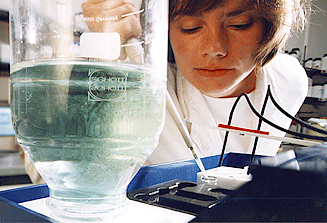Controlling Impurities and Additives

Certain substances that may be present in fuel, (impurities or deliberate additives) can directly interfere with emission controls devices, in some cases, permanently and these must be controlled, or eliminated.
The case of lead in gasoline is well known: in addition to its toxic effects as a pollutant, lead would contaminate and permanently damage catalytic converters and it has now been removed from gasoline in all but a few remaining countries.
Another common impurity in both gasoline and diesel is sulphur, which occurs naturally in crude oil, but can be removed during the refining process. Here again sulphur causes undesirable emissions – of sulphur dioxide and trioxide (which, combined with water, form sulphuric acid) and hydrogen sulphide (a poisonous gas with a characteristic – rotten eggs – smell). Sulphur also contaminates catalysts and is a problem for particulate filters and NOx traps. They can quickly become blocked by sulphur, which, at best, requires a special desulphurisation cycle to remove it, leading to higher emissions and fuel consumption, and at worst, can permanently damage the device.
Some countries now limit sulphur content or plan to do so (EU: now 50ppm and 10ppm by 2009; USA: now 80% at 15ppm, 100% by 2010; Japan now 50ppm) but levels as high as 3000ppm are still common in some countries.
Some fuel treatment additives, especially those containing metals, can lead to ash deposits in the exhaust which interfere with exhaust treatment devices and they can also cause build-up of deposits in the engine which change its performance. Careful control of these additives is important to achieve the right balance between their positive and negative effects.
